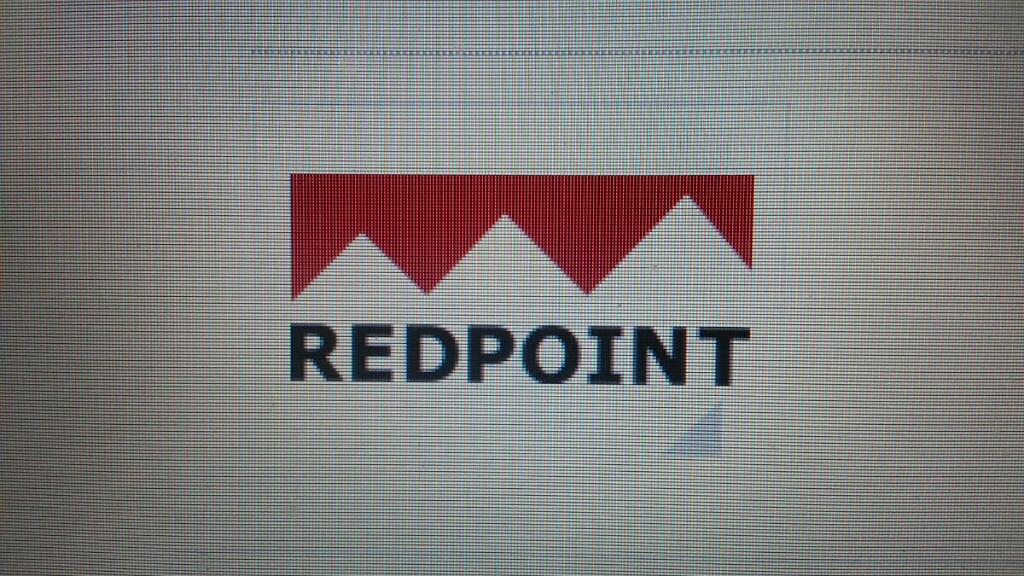Information
-
Job Site
-
GC/Client
-
Conducted on
-
Prepared by
-
Division
-
Foreman
-
Superintendent
-
Project Manager
Excavations
-
Has the "Competent Person" had specific training in -- and is knowledge about -- soil analysis, use of protective systems, and the requirements of 29CFR1926-Subpart P:
-
Are all on surface encumbrance removed or supported
-
Are all employees protected from loose rock or soil that could pose a hazard by falling or rolling into the excavation?
-
Does the "Competent Person" have the authority to remove workers from the excavation immediately?
-
Are excavations, adjacent areas, and protective systems inspected by a competent person?
-
Are spoiled, materials, and equipment set back at least 2 feet from the edge of your excavation
-
Are barriers provided at all remotely located excavations, wells, pits, shafts, etc.?
-
Are barrier ownership signs in place on barriers?
-
Are walkways and bridges over excavations 6 feet or more in depth and 30 inches or more in width equipped with standard guard rails and toe-boards?
-
Are employees required to stand away from vehicles being loaded and unloaded?
-
Are warning systems established and used when mobile equipment is operating near the edge of an excavation?
-
Are employees prohibited from going under suspended loads?
-
Are employees prohibited from working on the face of slope or benched excavation above other employees?
Utilities
-
Bluestake Ticket Number
-
Are utilities companies contacted and/or utilities located as required by local, state, and federal law?
-
Is the bluestake ticket current
-
Are the exact locations clearly marked?
-
Are underground installations protected, supported, or removed when the excavation is open?
Access & Egress
-
Are ladders or other means of access and egress in place and all trenches 4 feet or more in depth?
-
Are ladders in good condition and free of damage?
-
Are all employees within 25 feet of a means of access and egress?
-
Are the ladders that are used in the excavation secure and extended 3 feet above edge of the excavation?
-
Are precautions taken to protect employees from water accumulation?
Hazardous Atmosphere
-
Is the atmosphere within all excavations tested when there is a reasonable possibility of an oxygen deficiency, oxygen enriched, combustible, toxic, or other harmful contaminant?
-
Are adequate precautions taken to protect employees from exposures to an atmosphere containing less then 19.5% oxygen and or other hazardous atmosphere?
-
Is verification provided to protect employees from an atmosphere containing flammable gases in excess of 10% of the lower explosive limit of the gas?
-
Is emergency equipment available when hazardous atmosphere could or do exist?
-
Are employees trained to use personal protective equipment and other rescue equipment?
Soils
-
Has the competent person classified the soil using one manual test and one visual test, as specified by the standard?
-
Soil type
Support Systems
-
Are protective systems in place when excavations are greater than 5 feet in depth or when conditions warrant their use?
-
Type of support system being used?
- Sloping
- Shoring
- Shielding (trench box)
- N/A
-
Are protective systems installed properly?
-
Is tabulated data on site and being followed?
-
Are materials and/or equipment chosen based upon soil analysis, Trench depth and expected it loads?
-
Are materials and equipment that are used for protective systems inspected and in good condition?
-
Are damaged materials and equipment immediately removed from service?
-
Are protective systems installed without exposing employees to hazards of cave-ins, collapses, or other threat of being struck by materials or equipment?
-
Are all members of support system securely fastened together prevent failure?
-
Are support systems provided to insure stability of adjacent structures, buildings, roadways, sidewalks, etc.?
-
Are excavation below the level of the base or footings supported, and approved by a Registered Professional Engineer?
-
Does back-filling progress with removal of the support system?
-
Is a shield system installed to prevent lateral moment?
-
Are employees prohibited from remaining in a shield system during vertical movement?
Rigging
-
Is rigging in good condition?
-
Is the rigging properly rated for the load being picked?
PPE
-
Is a face shield being worn when needed
-
Are hard hats worn by all employees?
-
Are warning vests or other highly visible clothing provided and worn by all employees?
-
Are safety glasses being worn at all times?
-
Are metatarsal guards being worn when operating compactor or jack hammer
-
Are gloves being worn when working
GHS
-
Hazcom/SDS'S available
-
All containers are in good condition
-
All containers are properly labeled
Fall protection
-
Is personal fall arrest equipment in good condition?
-
Is the equipment being used properly?
Electrical
-
All power cords in good condition?
-
Is a GFCI being used for all temporary power?
-
Have all power cords been inspected for assured grounding?
Equipment/Machinery
-
Are all hands tools in good condition and free of damage?
-
Is the equipment in good condition?
-
Is the operator wearing his seat belt?
-
Is the backup alarm working?
Confined Space
-
Is the confined space a PRCS?
-
Is an air monitor being used?
-
Is the air monitor calibration current?
-
Has the permit been completed?
-
Is the rescue equipment at the confined space?
Housekeeping
-
Is the job site clean?
-
Is the back of the crew truck clean?
-
Are impalement hazards (including T-Posts) capped with square "rebar" caps?
Misc.
-
Are the fire extinguishers charged and tagged?
-
Is the first aid kit available and adequately stocked
-
Is traffic control plan in place
-
Is traffic control set up properly
-
Are restrooms available on site and clean
Signatures
-
Foreman signature
-
Auditor Signature






